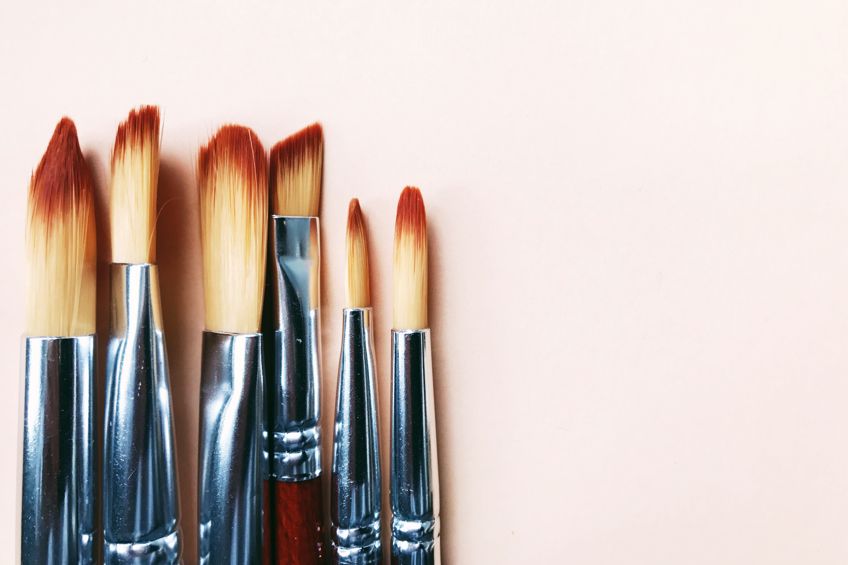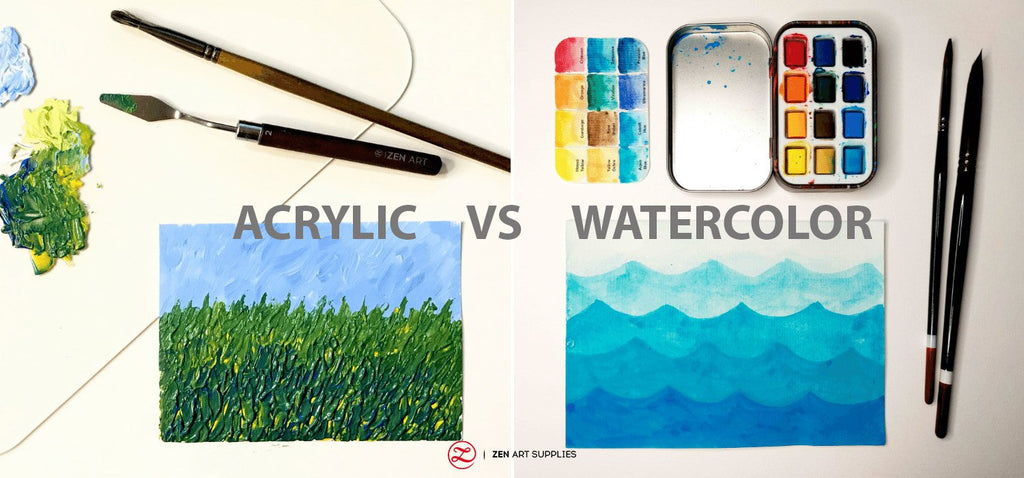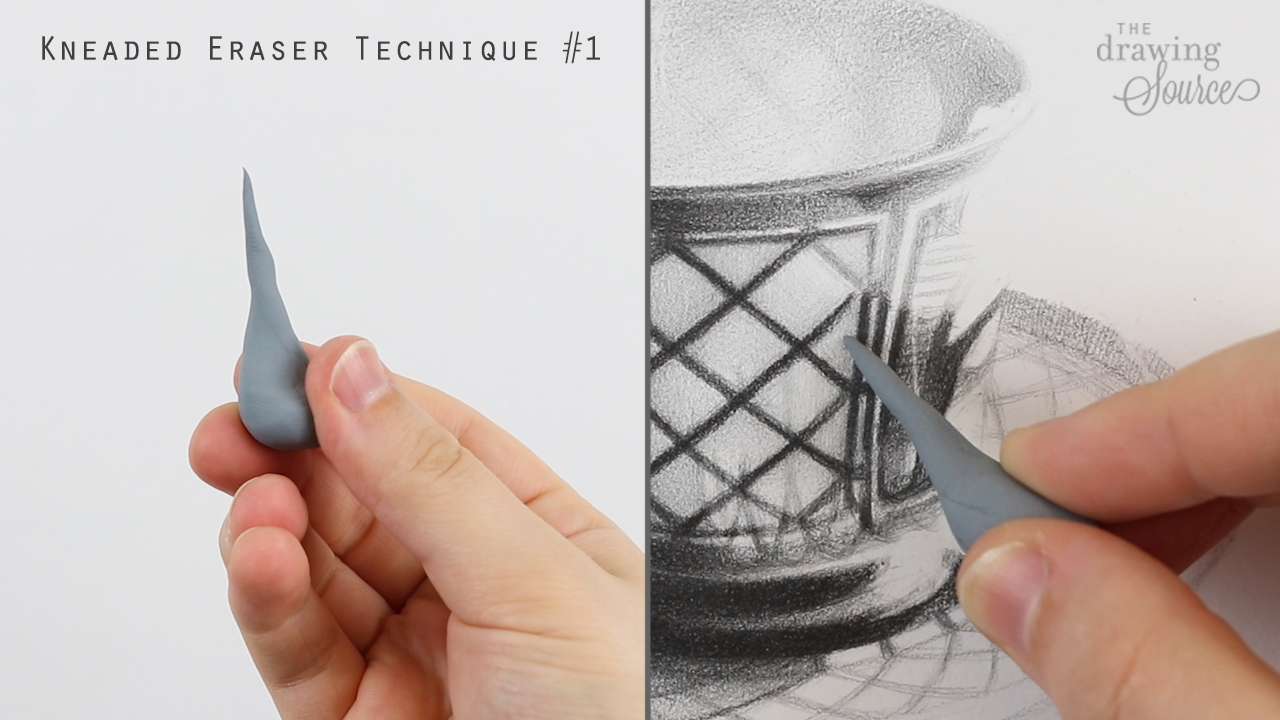Essential Tools for Artists
This list of 10 essential art supplies for beginners includes everything an aspiring artist needs to get started if they want to learn how to draw or paint. Learn about each supply in this post, along with how to pick the finest ones for a beginner and where to acquire them.
What Drawing and Painting Materials Do I Need?
The supplies covered in this article are listed below:
- Graphite Drawing Pencils
- Paint Brushes
- Art Pencil Sharpener
- Ruler
- Watercolor or Acrylic Paint Set
- Sketchbook
- Kneaded Eraser
- Watercolor Paper Pad or Canvas Pad
- Plastic Paint Palette or Palette Paper Pad
- Color Wheel
The simplest sketches to the most intricate drawings may all be created using graphite pencils. They can be purchased separately or in groups. The variety of pencil kinds in sets makes them ideal for beginners because they may use them for both shading and drawing. There will be a 2H, HB, B, 2B, 4B, and 6B in a typical six-pencil set. These figures represent the graphite's hardness.
Shopee: Staedtler Mars Lumograph Graphite Pencil
Paint Brushes
You'll need brushes after you've got the paints. You may select from a wide variety of brushes in an art supply store, including those with natural or synthetic bristles, long or short handles, and different shapes and sizes.When starting to paint, keep things basic by selecting a set of watercolor or acrylic beginner's brushes. A variety of brushes for various painting methods are included in sets.
How should I choose my paintbrushes?
- Acrylic and watercolor may both be painted using brushes with natural and synthetic bristles. While synthetic bristles leave clean lines, natural bristle brushes frequently leave brush strokes visible. Try both to determine which you prefer if you're unsure which option to select.
For your drawings, a pencil sharpener will keep your pencils sharp. The pencil tip may be seen being sharpened when using metal hand-held sharpeners, which are simple to operate. By doing this, damaged pencil tips and excessive sharpening are avoided.
- A sharpening with 8 mm and 10.5 mm holes for thicker pencils and an 8 mm single (normal pencil size) sharpener.
For sketching horizon lines, streets, buildings, or anything else with straight lines, you must have a ruler. Choose stainless steel or anodized aluminum 12" or 18" (30 or 45 cm) ruler since they are simple to maintain and clean.
Shopee: Tolsen Stainless Steel Ruler
For those just starting out in painting, watercolor and acrylic paints are two of the greatest options. Paint thinners are not required for painting or cleanup because they are both water-based. Beginners can learn the fundamentals of painting through a class, books, videos, or internet courses.
- Select an eight to twelve-color transparent watercolor pan set.
- Transparent, semi-opaque, and opaque are the three different varieties of watercolor paint. The sheer aspect that most people associate with this kind of paint is present in transparent watercolors.
- Find a set of tubes of heavy-bodied acrylic paint. Although thick body paint exhibits brush strokes, it may be diluted with water to seem smoother.
Invest in a starter set that has at least six different colors: red, yellow, green, blue, black, and white.
- Red (Cadmium Red Medium or Naphthol Crimson)
- Yellow (Cadmium Yellow Medium)
- Green (Phthalocyanine Green, Blue Shade, a.k.a. "Phthalo Green")
- Blue (Ultramarine Blue, Green Shade)
- Purple (Dioxazine Purple)
- Brown (Raw Umber)
- Black (Mars Black)
- White (Titanium White)
An indispensable tool for anybody learning to draw is a sketchbook. This should be the first thing on your list regardless of whether you want to enroll in a drawing class or study on your own. You may practice sketching forms, composition, shading, and other drawing techniques in sketchbooks. A sketchbook is an ideal location to plan out a painting before working on other materials, regardless of whether a painting is your major interest.
- 9x12" (22.9 x 30.5 cm) is a good size for beginners
- Look for 50 to 65 lb. weight paper (74 to 96 GSM)
To remove pencil markings, you must have access to a kneaded eraser. This particular brand of art eraser won't smear or leave a trace on paper. It may be shaped into different forms and used to clean up big or little areas.
Pads are one of the simplest surfaces for a novice learning how to paint, however, watercolor and acrylic painting may be done on a variety of surfaces.
- Watercolor paper is robust enough to withstand water without warping. Watercolor paper pad. Try to get a 140 lb. "cold pressed" watercolor paper pad. paper that weighs (300 GSM). Since the cold pressed paper has some texture, painting on it is simpler.
- Canvas Pad: For those just getting started with acrylic paints, a canvas pad is an excellent surface. It features sheets that can be torn out that are prepped and ready for painting.
For painting, you'll need a paint palette to combine colors or thin them out with water. Acrylic and watercolor paints can be used on plastic palettes. Pick one that is at least 7" (approx. 17.5 cm).
Another alternative for painting is a pad of disposable palette paper, which provides greater room for color mixing and facilitates cleaning up a little bit.
Another essential tool for aspiring painters is a color wheel. It covers the fundamental principles of color and demonstrates the best color combinations.
Shopee: Pigment Color Paper Card



.jpg)






0 comments:
Post a Comment